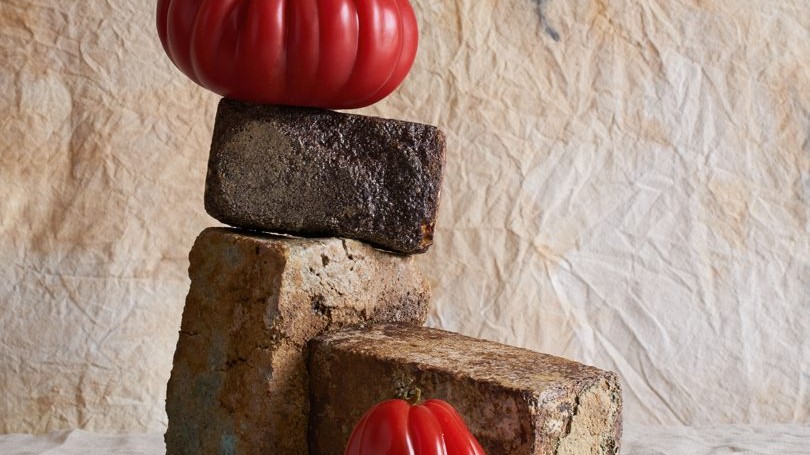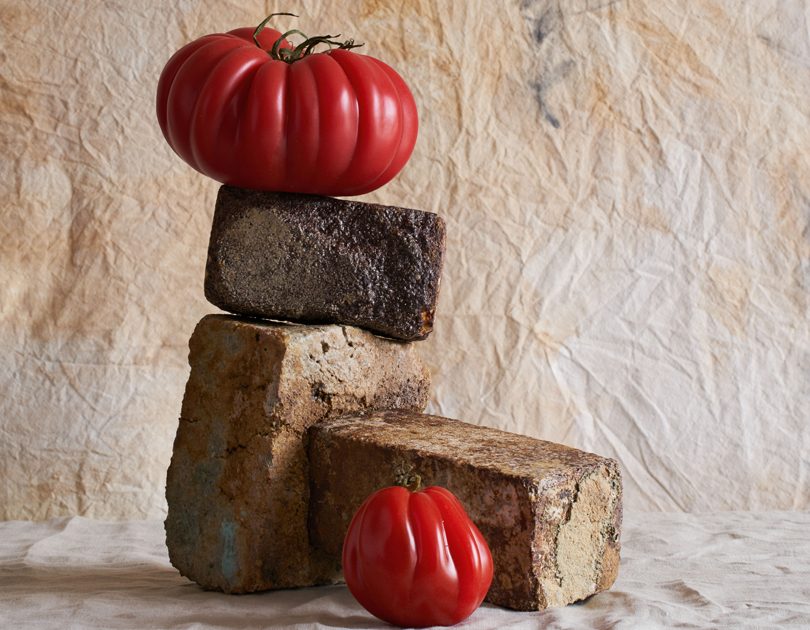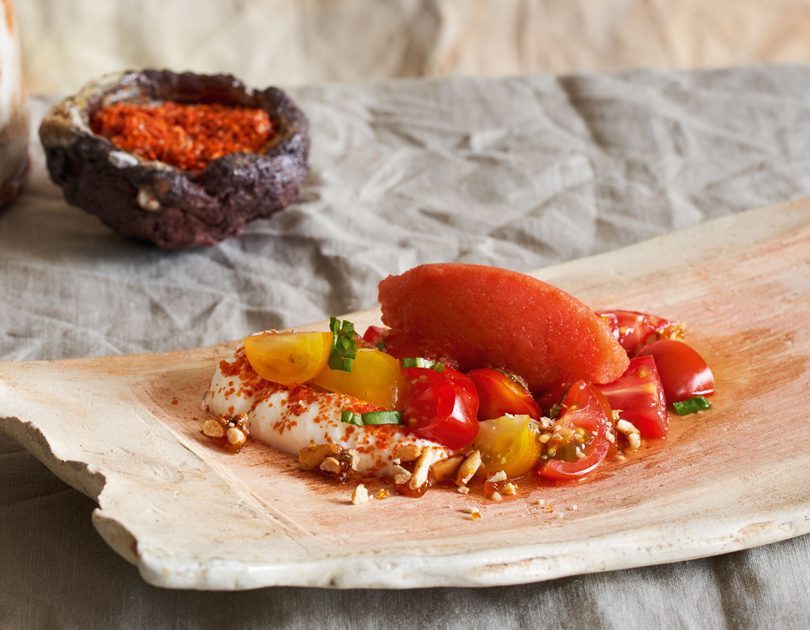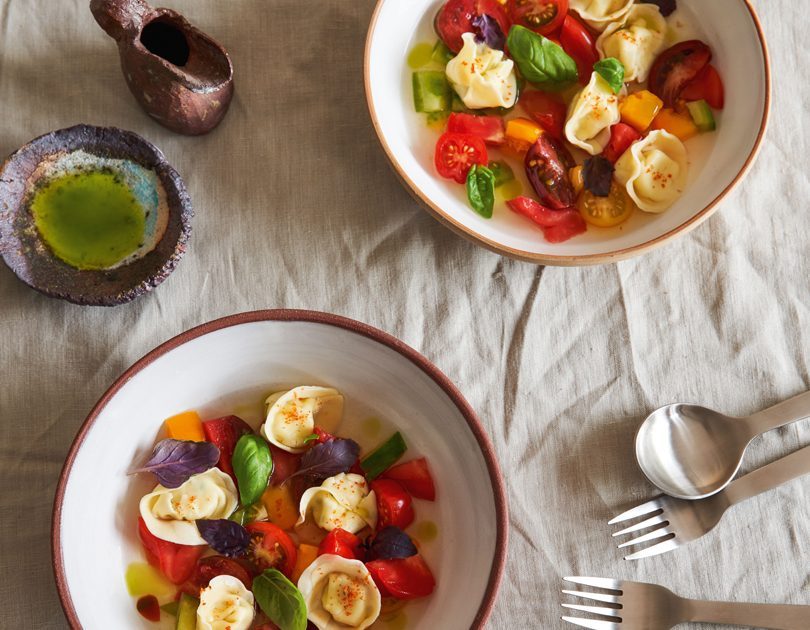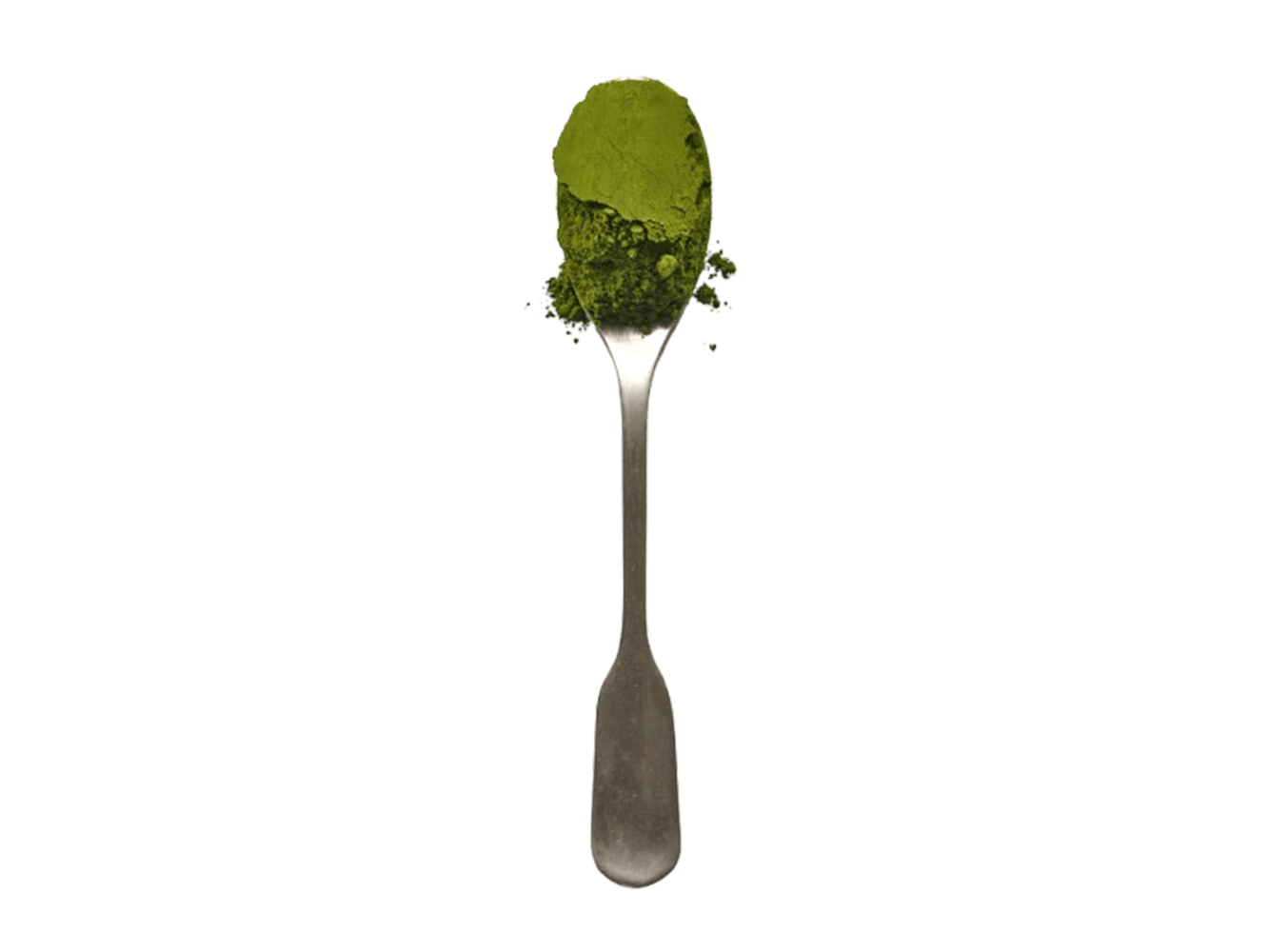Ginny Grant celebrates the taste of summer sunshine in these versatile tomato dishes.
It is thought that tomatoes originated at the northern edge of the Andes in South America, travelled up through the Americas and were then taken by the Spanish to Europe and the Middle East, and more latterly India and Asia. Like their nightshade cousin the potato, they were initially regarded with suspicion or as curiosity. The Italians were early adopters of the tomato, especially once the now-classic red strains became widespread (the earliest varieties were cherry sized and yellow) and that is perhaps why their oeuvre of tomato dishes is arguably the most extensive.
The fruit’s popularity is in part due to its sheer versatility. From eating straight as they are, to sauces, ketchups, pastes and salads, it’s the meaty, umami flavour that makes them a mainstay of many of our diets.
Summer to late autumn is when tomatoes are at their best. When they are sweet, juicy and big flavoured, I tend to do very little to them. Salads of various sorts are always appealing; with a little sea salt, some herbs and extra virgin olive oil they really don’t need much else to shine. Sometimes a little acidity in the form of citrus or vinegar can nudge them to perform a little better, while slow roasting can bring out the natural sugars and intensify the flavours.

